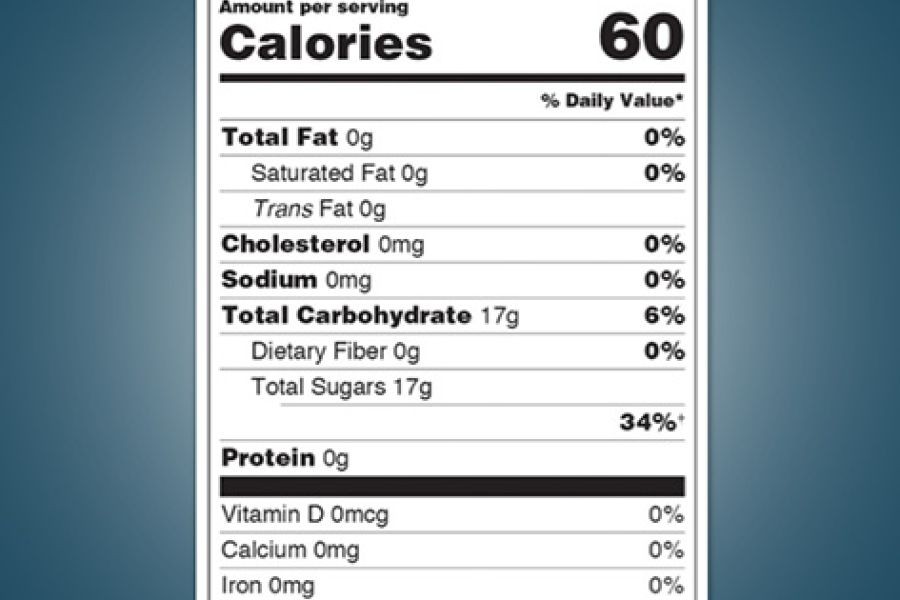In the ever-changing landscape of consumer goods, food labeling in Australia has become increasingly perplexing. As Australian consumers become more health-conscious and environmentally aware, they are demanding greater transparency from food manufacturers. Yet, despite these demands, navigating the aisles of a supermarket and understanding food labels can feel like deciphering a foreign language. This article delves into the reasons behind the complexity of food labels in Australia, rooted in regulatory frameworks, industry practices, and evolving consumer expectations.
How It Works: The Regulatory Maze
Australia's food labeling system is governed by a myriad of regulations and standards designed to ensure consumer safety and informed choices. The primary regulatory body, Food Standards Australia New Zealand (FSANZ), mandates that food labels must include information such as ingredients, nutritional content, and allergen warnings. However, despite these regulations, the clarity and simplicity of food labels often fall short.
The Complexity of Health Star Ratings
One of the significant contributors to label confusion is the Health Star Rating system. Introduced to help consumers make healthier choices, this voluntary system rates food products based on their nutritional profile. While the intention is noble, the execution has been criticized. According to a study by the University of Sydney, only 30% of Australians find the Health Star Rating helpful. The system's reliance on averages rather than individual nutritional needs can mislead consumers into thinking a higher star rating equates to a healthier choice, when in reality, it may not suit their dietary requirements.
Ingredient Lists and Additives
Ingredient lists are another area where confusion reigns. Manufacturers often use scientific names or codes for additives, leaving consumers questioning what they are actually consuming. For instance, the code "E621" refers to Monosodium Glutamate (MSG), a common flavor enhancer. Such codes can make it difficult for consumers to identify ingredients to which they may be allergic or wish to avoid for other health reasons.
Pros and Cons of Current Food Labeling Practices
Pros
- Health Awareness: Food labels provide essential information that can help consumers make healthier dietary choices.
- Regulatory Compliance: Labels ensure that products meet the safety standards set by FSANZ, protecting consumer health.
- Market Differentiation: Labels allow brands to highlight unique selling points, such as organic ingredients or sustainability certifications.
Cons
- Complexity: The use of scientific terms and codes can confuse consumers, leading to misinformed choices.
- Inconsistency: Voluntary systems like the Health Star Rating lead to inconsistent labeling across similar products.
- Misleading Claims: Marketing-driven labels can sometimes exaggerate health benefits, misleading consumers.
Case Study: The Impact of Labeling on Consumer Choices
In a recent study conducted by the Australian Bureau of Statistics (ABS), it was found that 47% of consumers rely on food labels for purchasing decisions. This statistic underscores the significant influence that labeling has on consumer behavior. A leading Australian supermarket chain, Woolworths, capitalized on this insight by revamping its in-house brand labels. By simplifying ingredient lists and prominently displaying nutritional information, Woolworths reported a 12% increase in sales of their health-oriented product lines within six months.
Common Myths and Mistakes
Myth vs. Reality
Myth: "All high-star-rated foods are healthy." Reality: The Health Star Rating is a relative measure, meaning that a product with a high rating is healthier compared to other products in its category, not necessarily healthy in an absolute sense.
Myth: "Natural ingredients are always better." Reality: While natural ingredients sound appealing, they are not synonymous with health. Some natural components can be high in sugars or fats.
Myth: "Low-fat labels mean the product is diet-friendly." Reality: Low-fat products often compensate for taste by adding sugars or artificial flavors, which can negate the intended health benefits.
Future Trends and Predictions
The future of food labeling in Australia is poised for significant change. By 2025, it is predicted that digital technology will play a pivotal role in transforming how consumers access food information. QR codes on packaging, for example, could provide detailed insights into nutritional data, sourcing, and sustainability impacts. Additionally, regulatory bodies like the ACCC are expected to tighten scrutiny over misleading health claims, ensuring greater transparency and consumer protection.
Final Takeaways
- Food labels are a crucial component of consumer safety and informed decision-making.
- While current labeling systems aim to guide healthier choices, they often fall short due to complexity and marketing influences.
- Future innovations in digital labeling could enhance transparency and consumer understanding.
- Consumers should remain vigilant, cross-referencing label information with reliable sources.
- Businesses that proactively simplify labels can gain a competitive market advantage.
As the landscape of food labeling evolves, staying informed and critical of the information presented is vital. What are your thoughts on food labeling practices? Share your insights and join the discussion below!
People Also Ask (FAQ)
How do Australian food labels impact consumer decisions? Australian food labels significantly influence purchasing choices, with ABS data showing 47% of consumers rely on them for deciding what to buy.
What are the biggest misconceptions about food labels in Australia? A common myth is that all high-star-rated foods are inherently healthy. However, the Health Star Rating is a comparative measure, not an absolute indicator.
What future changes can we expect in food labeling? By 2025, digital innovations like QR code integration on packaging are expected to provide enhanced transparency and detailed product information.
Related Search Queries
- Australian food labeling regulations
- Health Star Rating system explained
- Understanding food additives and codes
- Impact of food labeling on consumer behavior
- Future trends in food labeling in Australia

































LeoraBeadl
6 months ago